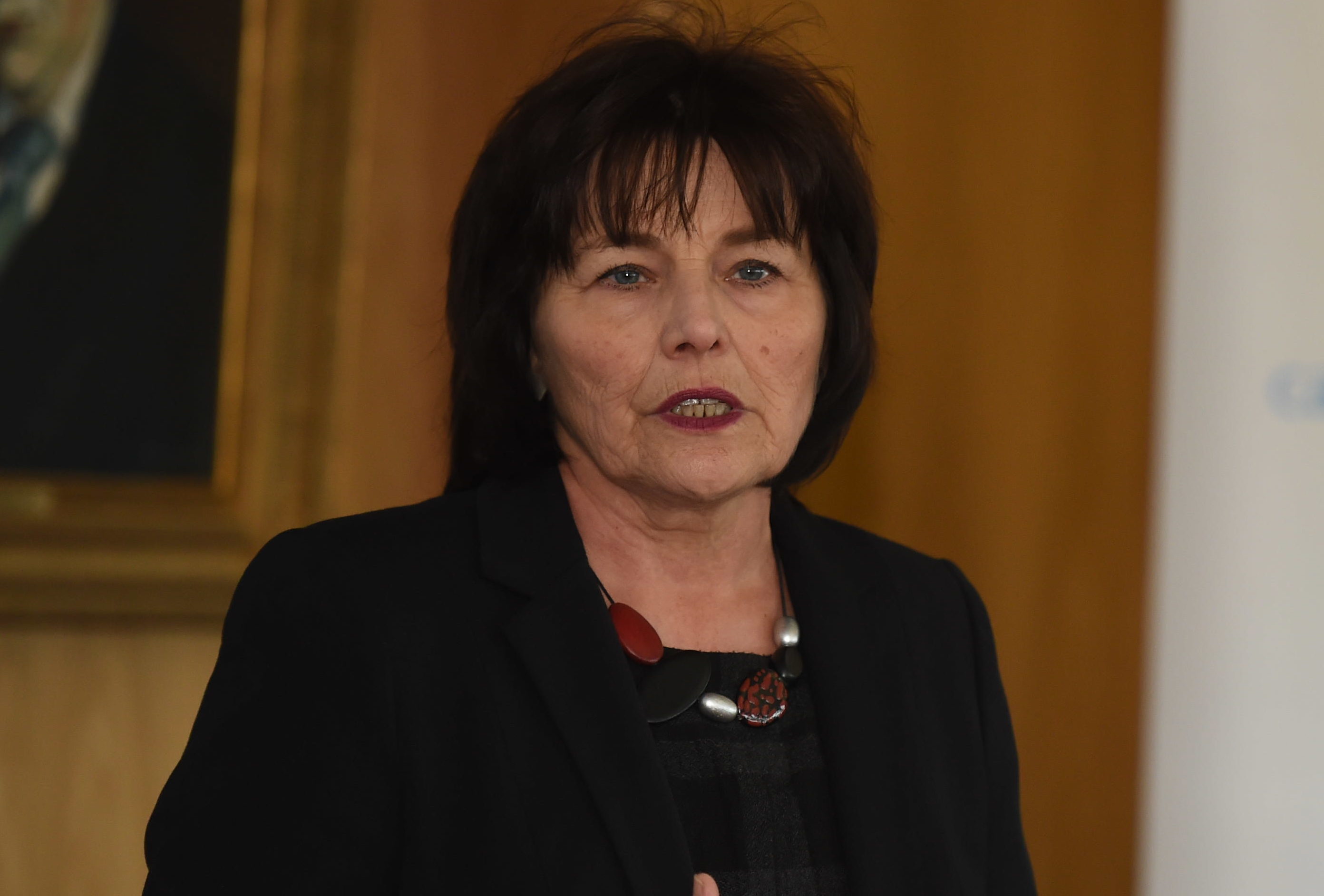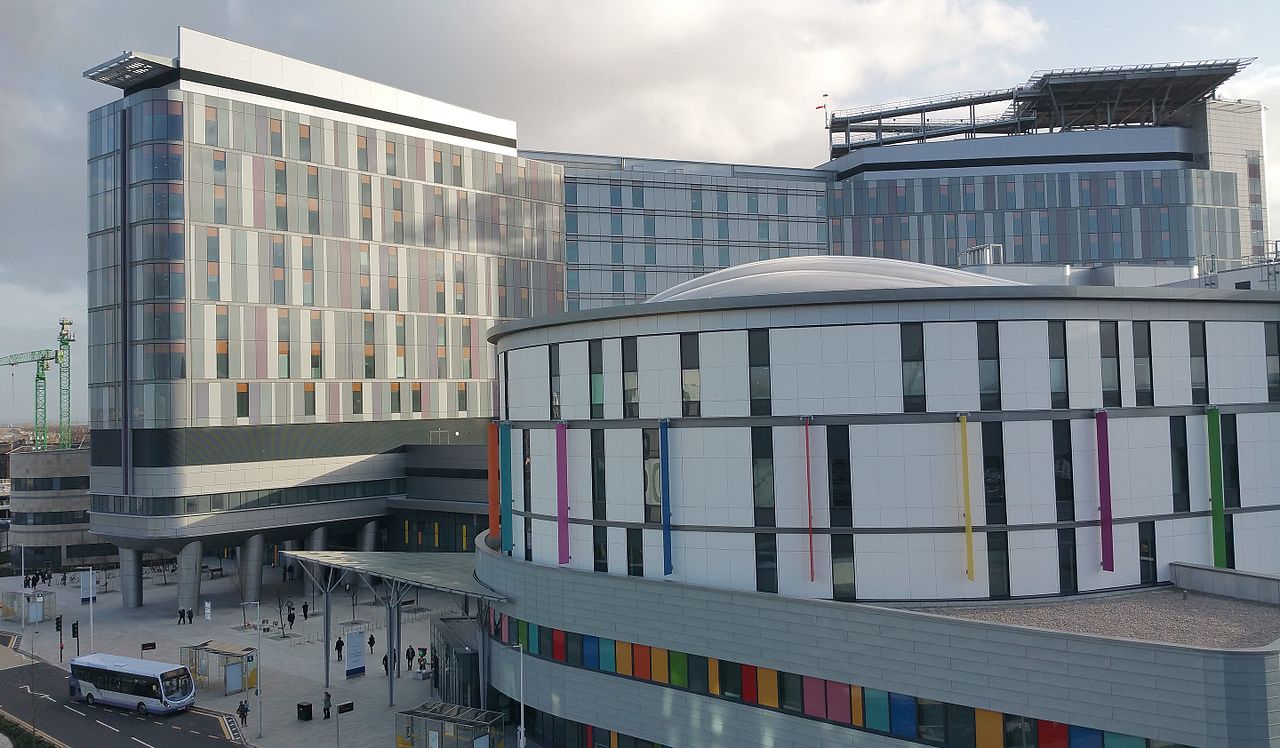
SCOTLAND’S health secretary has said she believes infection control is good enough at a hospital where two patients died after contracting an infection linked to pigeon droppings.
Jeane Freeman has ordered a review of the design, build, handover and maintenance of the flagship £842 million Queen Elizabeth University Hospital in Glasgow as investigations continue.
The Cryptococcus bacteria, a fungal infection linked to pigeon droppings and soil, was found to be a contributory factor in the death of a child, while a second patient was also found to have an infection caused by inhaling the fungus Cryptococcus, although the health secretary has said it did not contribute to their death.
Pigeon droppings found in a plant room on the hospital’s roof are believed to be the source of the problem and investigations are continuing to establish how the bacteria entered a closed ventilation system.
The issue comes after problems with bacteria in the water supply at the adjoining Royal Hospital for Children last year which led to child cancer patients being moved.
In an interview on BBC Good Morning Scotland, Ms Freeman was asked: “Do you believe infection control is good enough at this hospital?”
She replied: “Yes I do. Yes I do and I think the statistics show that. The overall infection rate in the Queen Elizabeth is 4%, the average across Scotland is 4.9%. It is at least on par with all the other hospitals across Scotland and in fact doing a bit better.
“But infection happens in hospitals. That’s why we have the Scottish Patient Safety Programme that has significantly reduced infection rates across our hospitals and healthcare settings over the last 10 years or so.
“What you need to be able to do though is have those additional infection control measures to put in place as they have done at the Queen Elizabeth, with the HEPA (high efficiency particulate air) filters, with the anti-fungal protection for particularly vulnerable patients in the area where the Crypotoccocus infection was discovered.”
Ms Freeman said she hopes to announce the remit of the review by the end of the week.
She could not give a timescale for how long the review will take and said that while she wants it to reach its conclusions and recommendations as quickly as possible, it needs to take long enough to ensure it is “robust”.
She said: “There have been a number of instances where parts of the building, the fabric of the building, have been less than we would want it to be.
“Some of those don’t directly affect patients but obviously our primary concern is that this building is, in its fabric, in its internal infrastructure, is absolutely fit for purpose, so that is why I’ve ordered the review and made sure that we will have independent expert advice to that review.
“It will look at everything from the design, the construction, the commissioning and the continuing maintenance to try and identify what more might need to be done to ensure that the building is fit for purpose, but also whether there are any particular lessons for us as we go on to instigate other builds of healthcare facilities across Scotland.
“The review of the Queen Elizabeth will have significant importance for all the new build that we’re undertaking.”

Enjoy the convenience of having The Sunday Post delivered as a digital ePaper straight to your smartphone, tablet or computer.
Subscribe for only £5.49 a month and enjoy all the benefits of the printed paper as a digital replica.
Subscribe